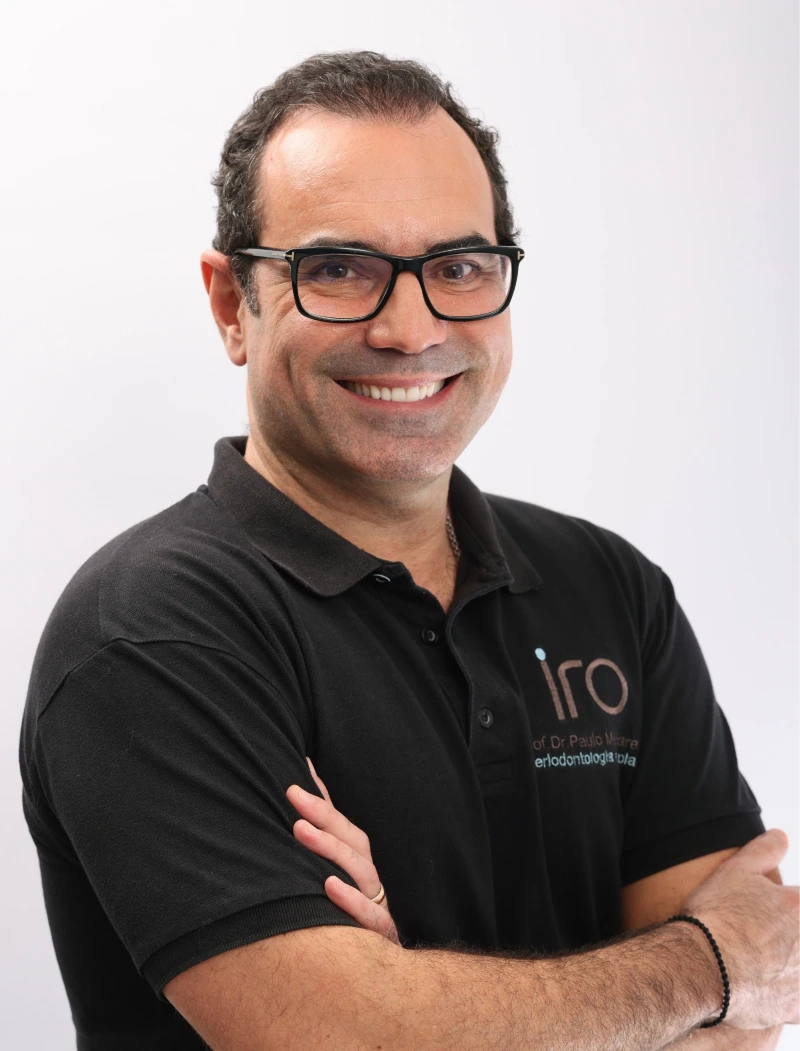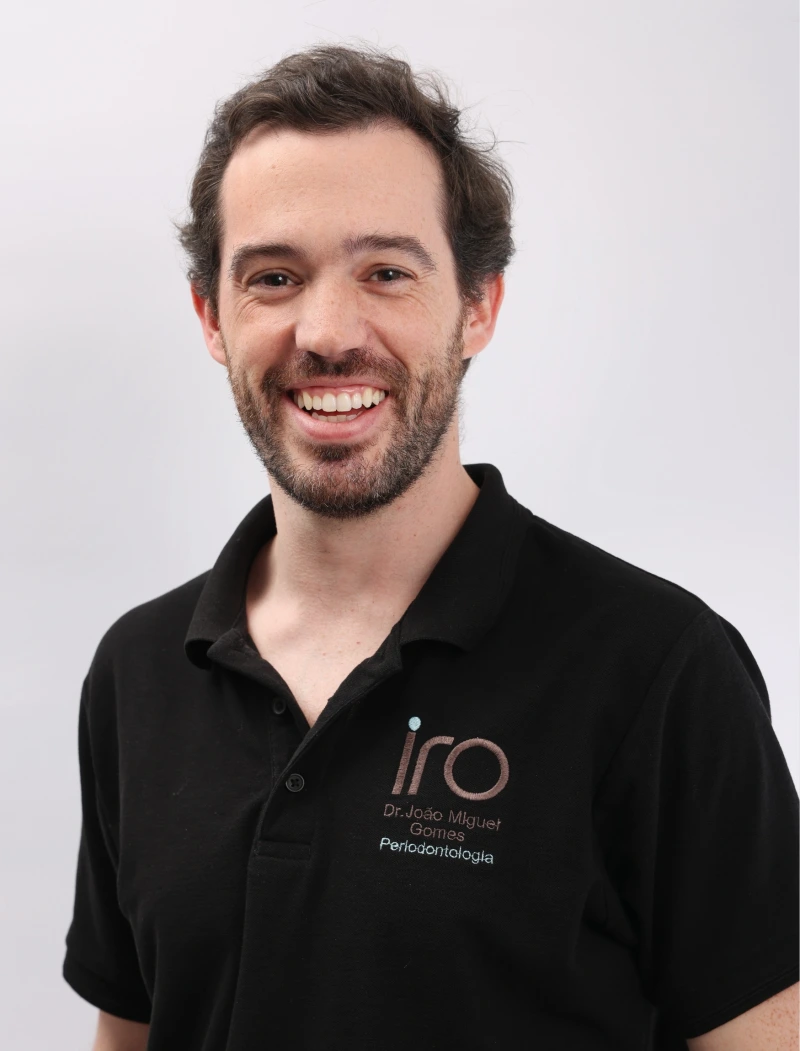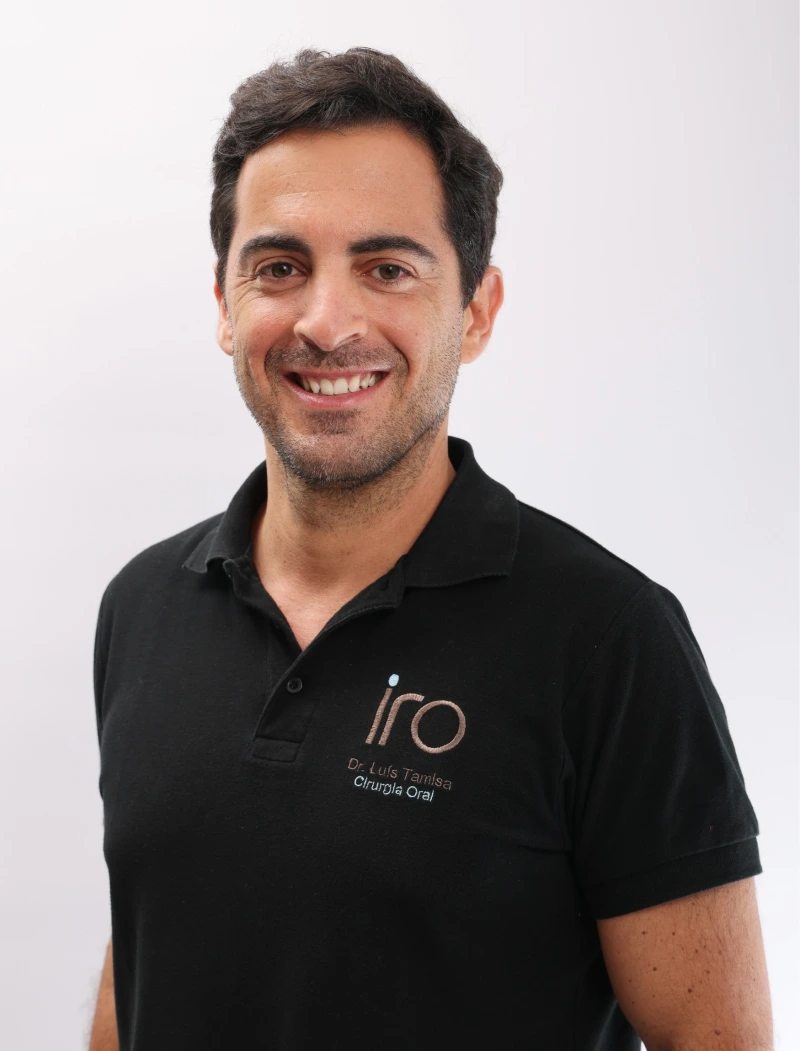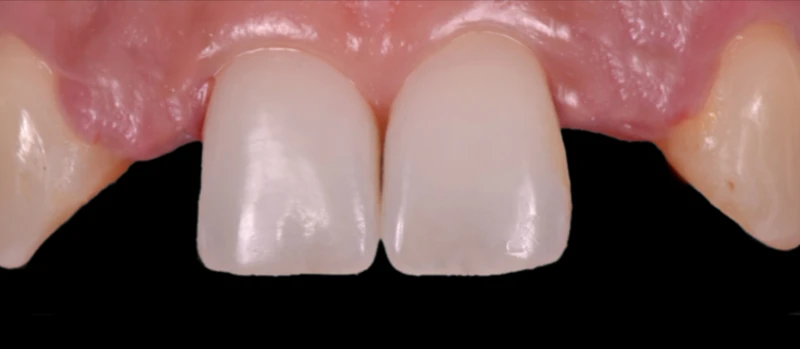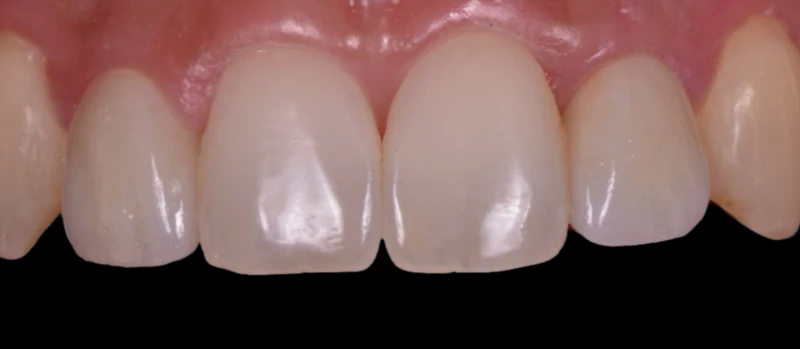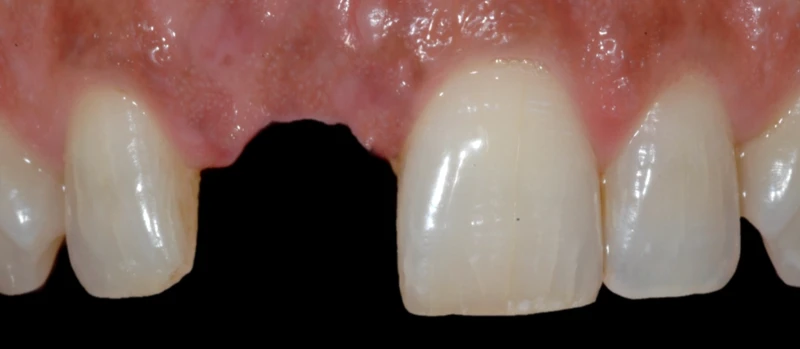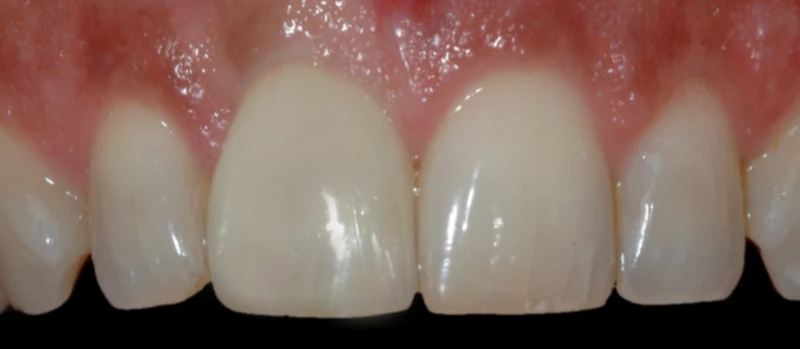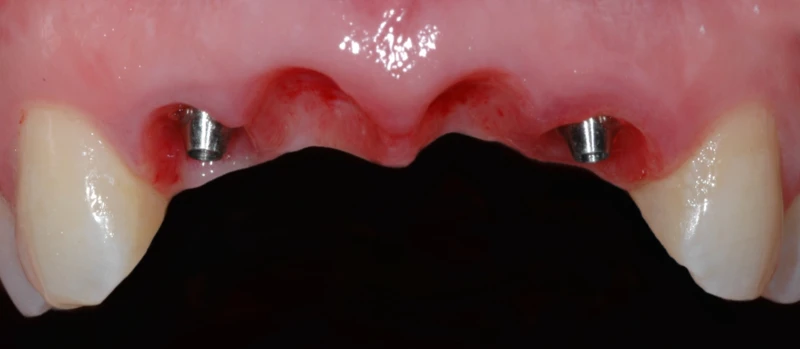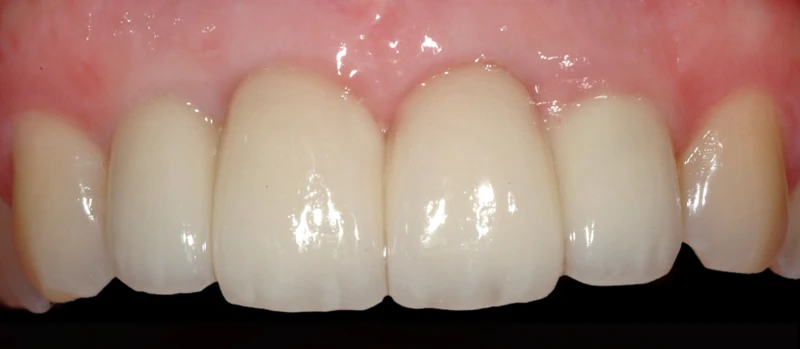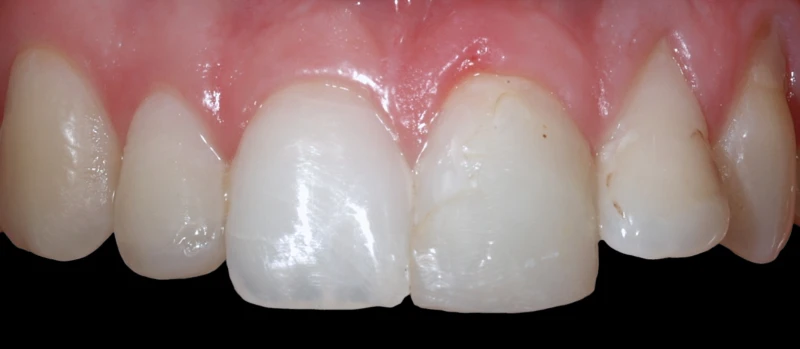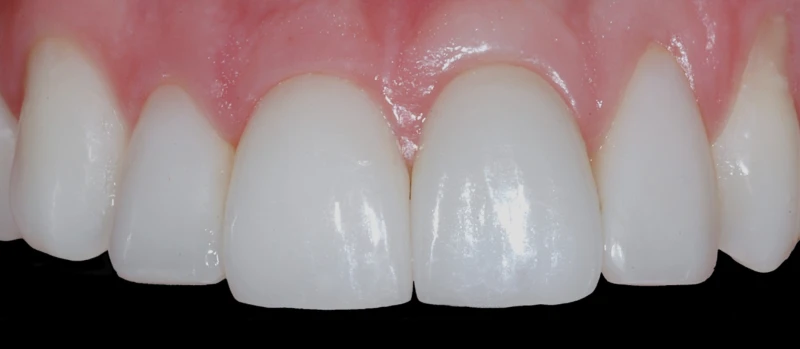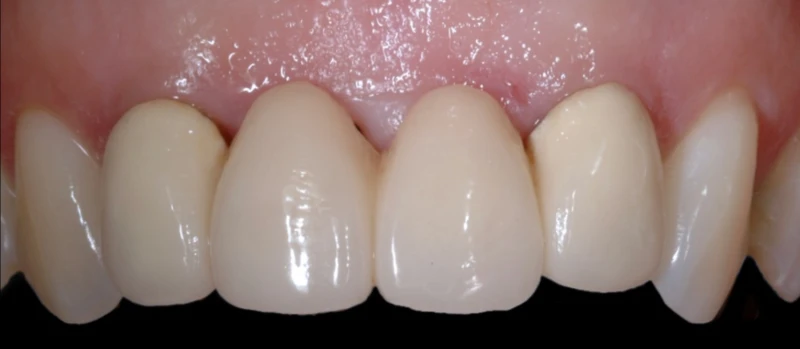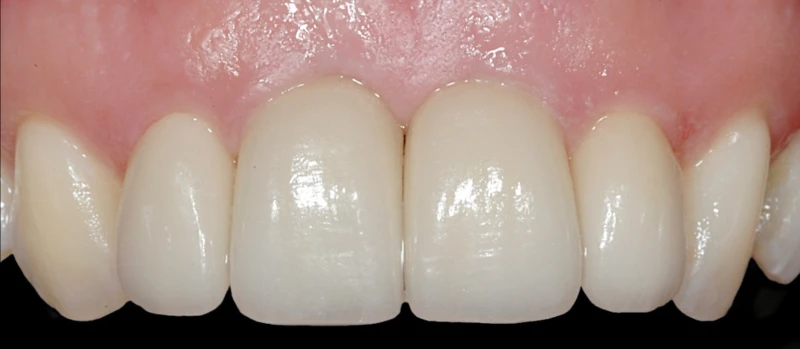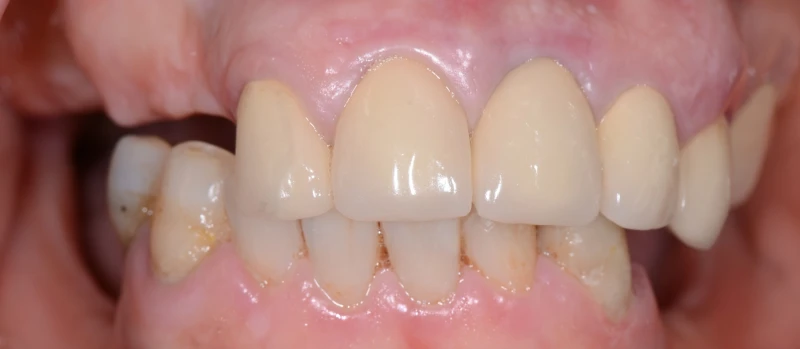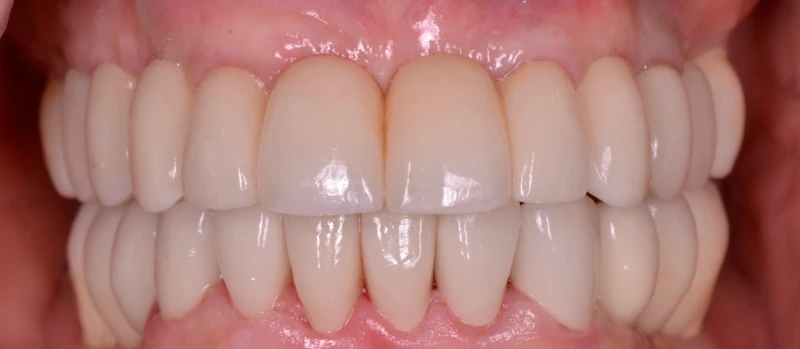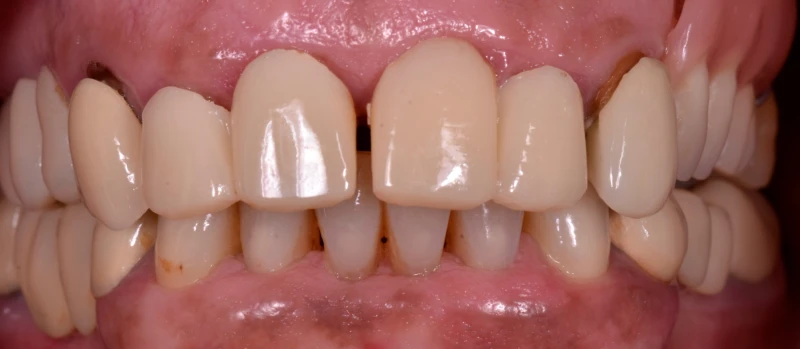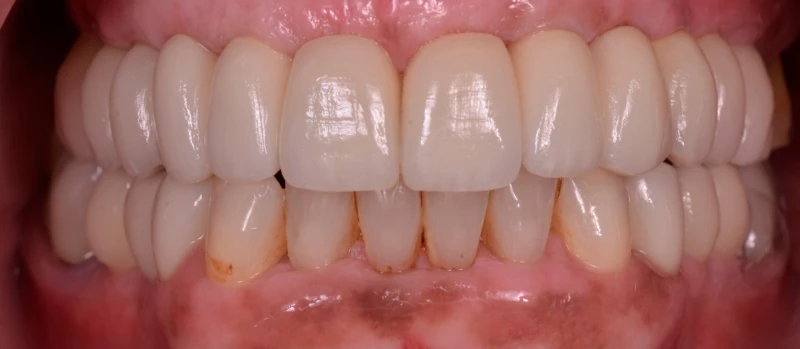Implants and Oral Surgery
The implant works as an artificial root for supporting artificial teeth. It is used both in cases when someone has lost just one tooth, as well as, in cases in which the person has lost a few or even all their teeth. In the majority of treatments the patient is subjected to surgery to place implants and waits for around 3 to 6 months for the osseointegration to occur (permanent joining between the bone and the implant). After said period the final prosthesis is made.
The placement of implants is usually carried out with local anaesthetic and it is painless. The post-operative part on the vast majority of occasions is very moderate and any discomfort is eliminated by using painkillers. In some cases it is possible to carry out implants using the immediate loading process. In these cases a temporary prosthesis is installed immediately after the placement of implants. In order for the immediate load to be carried out, there needs to be enough bone quality and quantity in addition to some care by the patient.
In cases in which the bone is very atrophied and it is not sufficient for implant installation, the patient must be submitted to a bone graft to increase the bone height and/or thickness. Today, we have several forms of grafts.
The bone is usually removed from the rear part of the jaw, but in some cases we can also use bone from the chin, hip bone, tibia and cranial bone. Another option is the use of biomaterials which are industrially made bone substitutes.
The choice of the type of graft to be used must be a decision made by the dentist and the patient together, analysing the pros and cons of each technique.
Generally speaking, implants are the dentistry treatment which last longest, solely depending on the collaboration of the patient to carry out good Oral Hygiene and make regular visits to the dentist.
What is immediate load?
Immediate load consists of placing a temporary prosthesis immediately after implant placement. In order for the immediate load to be carried out, there needs to be enough bone quality and quantity in addition to some care by the patient.
Is it possible to rehabilitate the upper and lower jaw simultaneously? Or is preferable to do it at different times?
Upper and lower rehabilitation usually occur at different times which does not mean that one has to be finished to start the other... What we mean by this is that whilst you have the fixed prosthesis on one of your jaws, you can perfectly go ahead with the rehabilitation of the other jaw but not necessarily place the upper and lower implants on the same day. We think this may be too much for the patient.
Between stage 1 and stage 2 of the rehabilitation treatment, what type of follow-up and treatment is carried out? If there is a need to be observed/treated between 2 stages, what is the frequency of the sessions and the associated cost?
Follow-up at this stage is adapted to each patient. Adjustments are usually made to the prosthesis, where necessary, and a demonstration of the hygienisation of the new prosthesis. These appointments are not charged for.
On the day on which the extraction is carried out of the teeth to place the dental implants and the provisional prosthesis, what is the time interval between implant placement and the placement of the provisional prosthesis? Can I stay at IRO whilst waiting?
The surgery usually starts at 9 in the morning and ends at around 11. At this time new impressions are made of the implants and the prosthesis (which has been carried out in the meantime) adjusted to the position of the implants. This laboratory work is carried out at the surgery and it lasts for around 5 hours meaning that the prosthesis is placed in the mouth half way through the afternoon. In the meantime you may, should you so wish, stay at our premises. With this in mind, I would ask you to tell us if this is what you desire so we can provide you with a room.
Do the prostheses to be placed - provisional and final - "lean against" the gums? If the gums are "shrivelled", does not this leave a space? What esthetics is associated with this type of prostheses, can I see images?
This problem does not occur with the permanent prosthesis since it is only carried out after the gums have perfectly healed and stabilised in terms of their position. As regards the provisional prosthesis, the same does not necessarily occur. if the gum healing occurs in a space between the temporary prosthesis and the gum and as the temporary prosthesis is made of acrylic, it will be lined, i.e. "filled" so as to get rid of this space.
Yes, we have many cases of immediate load rehabilitation
After the placement of the permanent prosthesis, what type of follow-up and cleaning is carried out? And how often?
In theory, the cleaning frequency is the same as we should have without our natural teeth. All of us, whether we have implants or not, must carry out an Oral Hygiene session every 6 months, an appointment which can be carried out by the Oral Hygienist. This frequency may be less or more depending on the case in hand.
